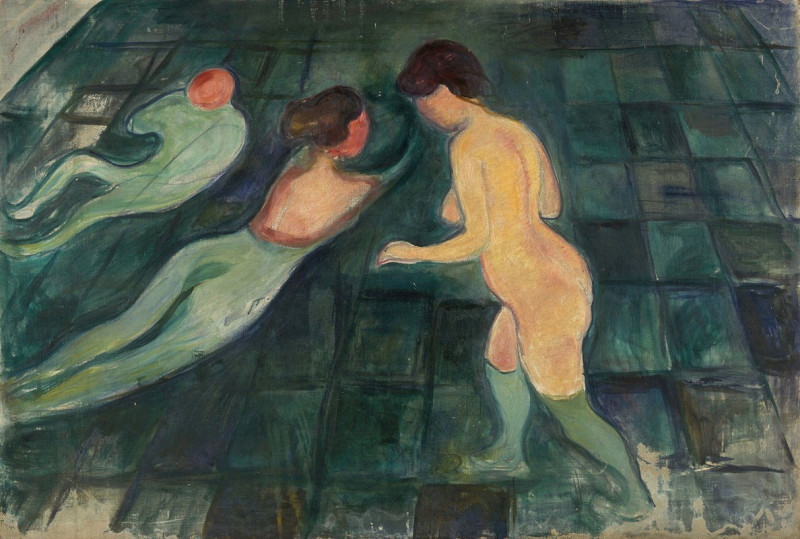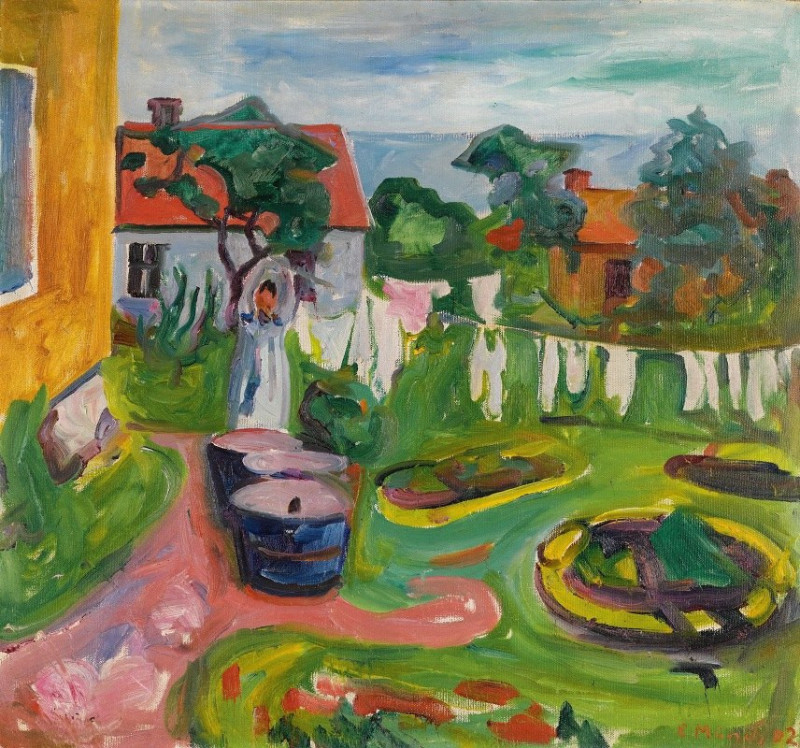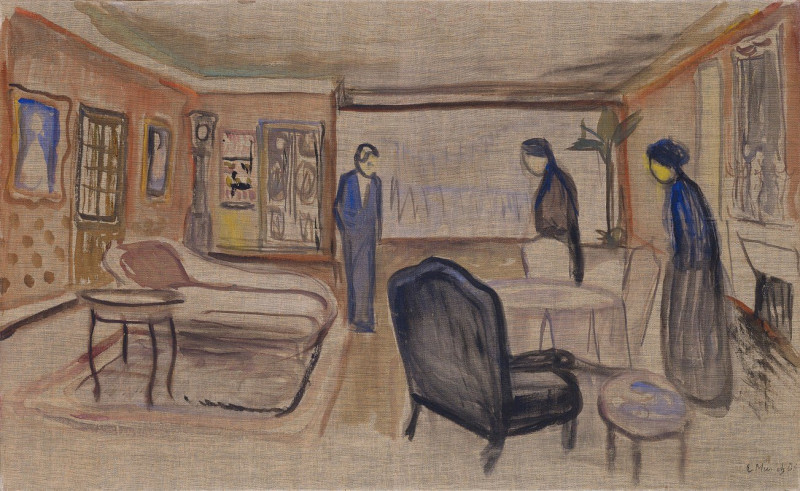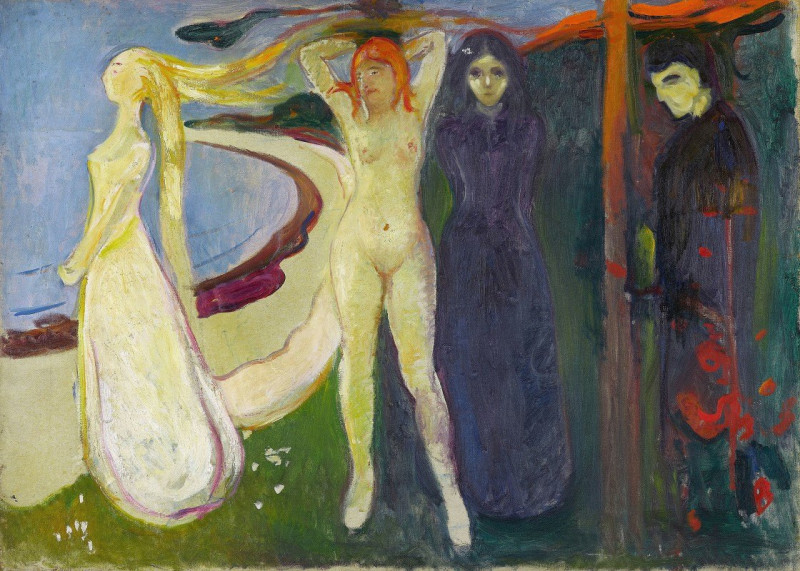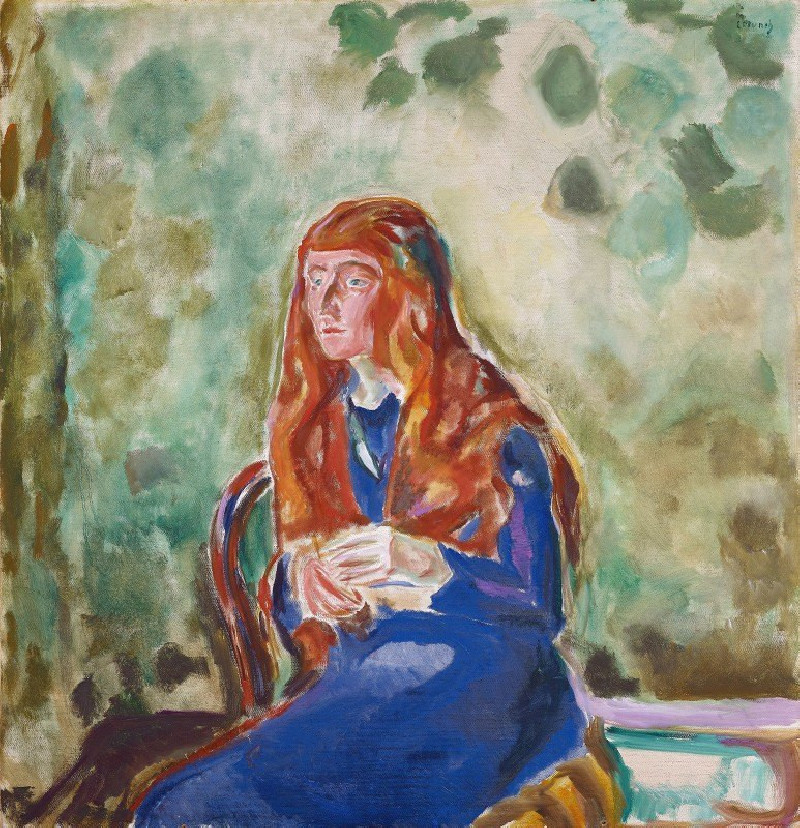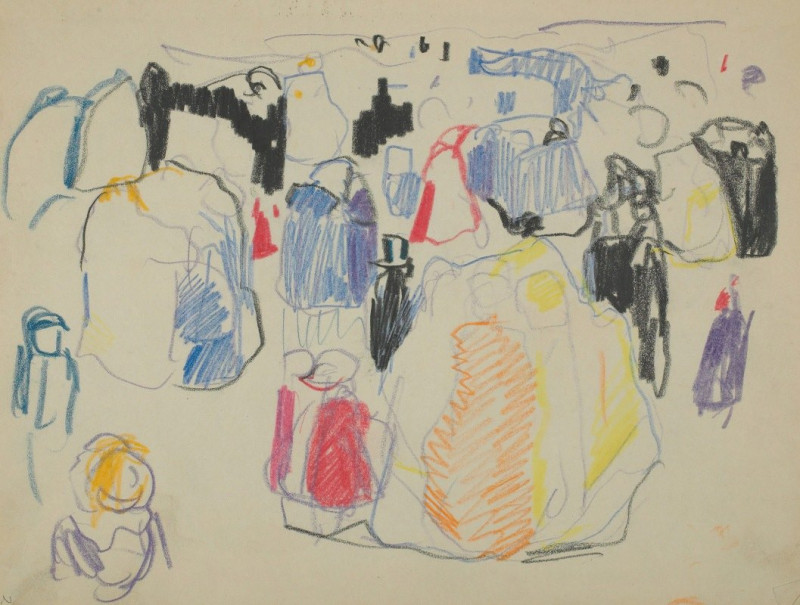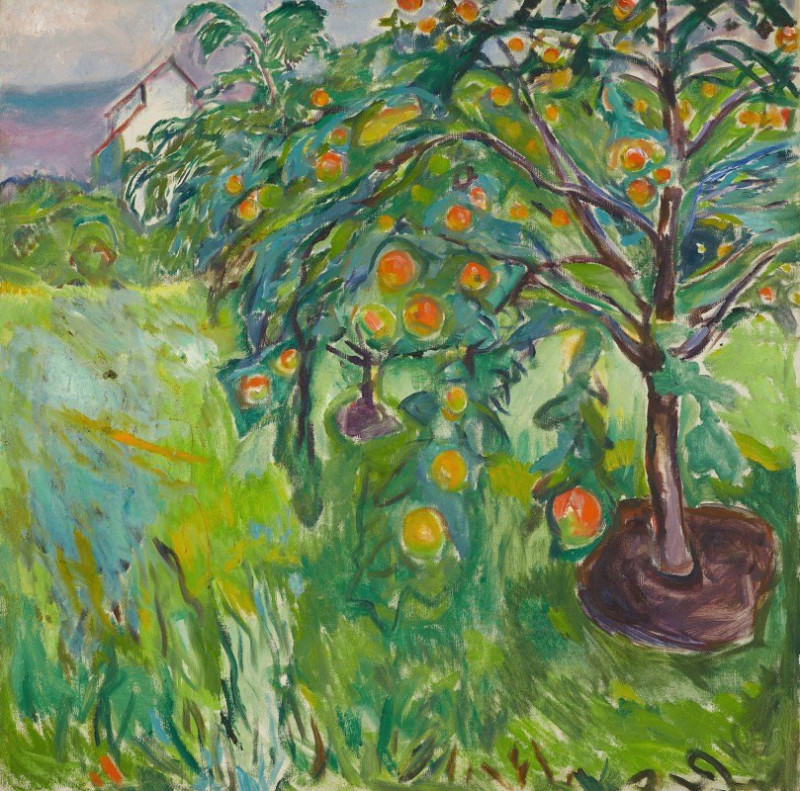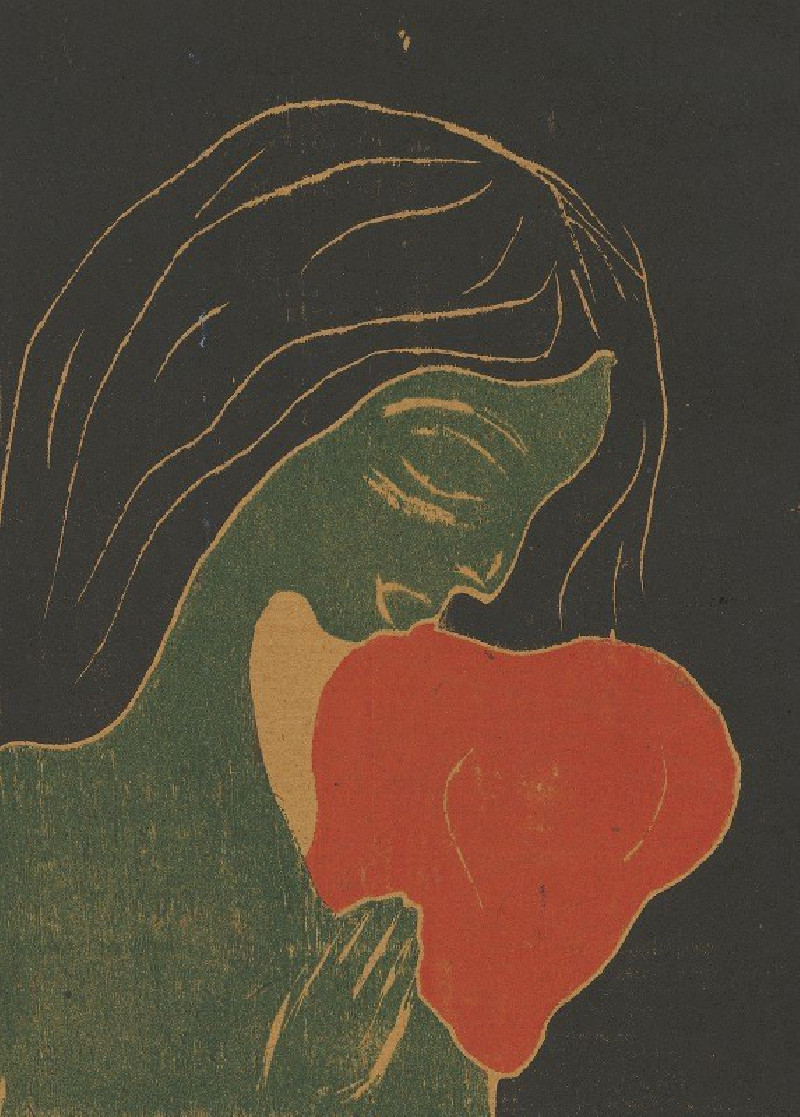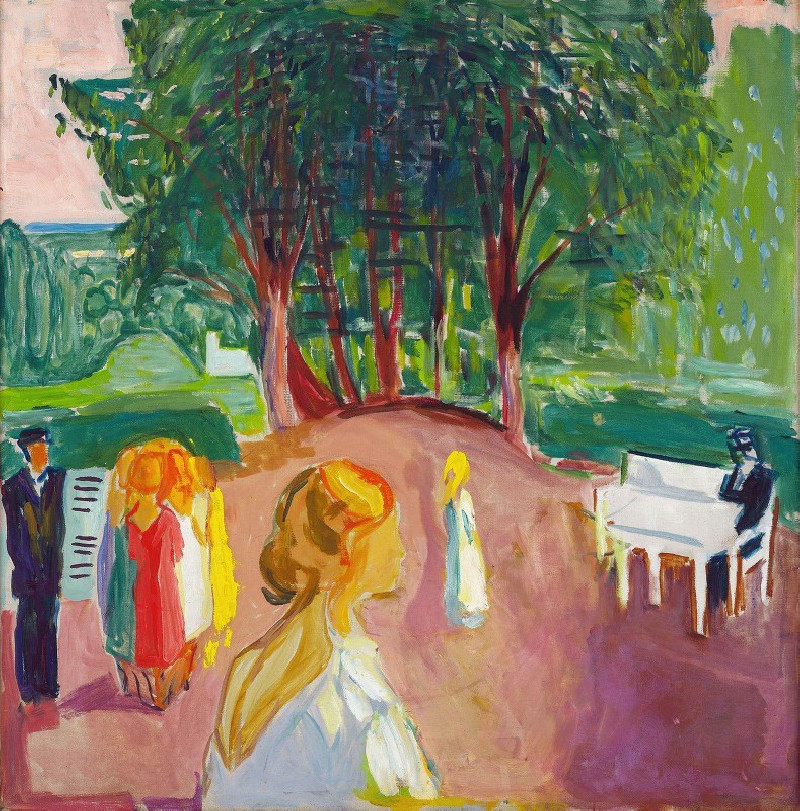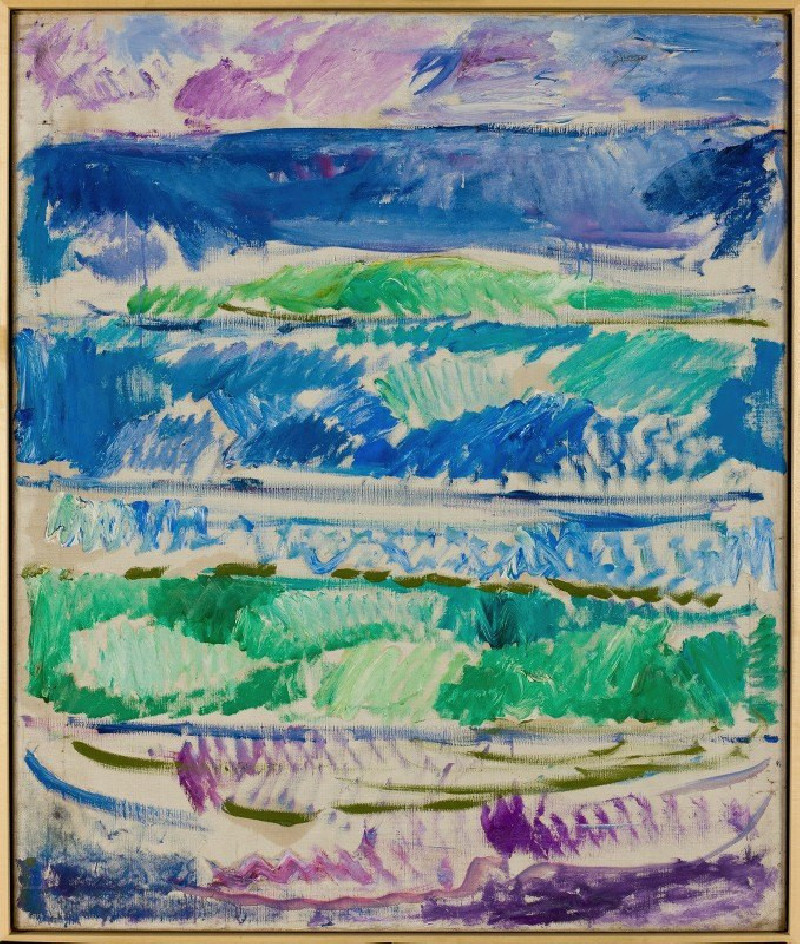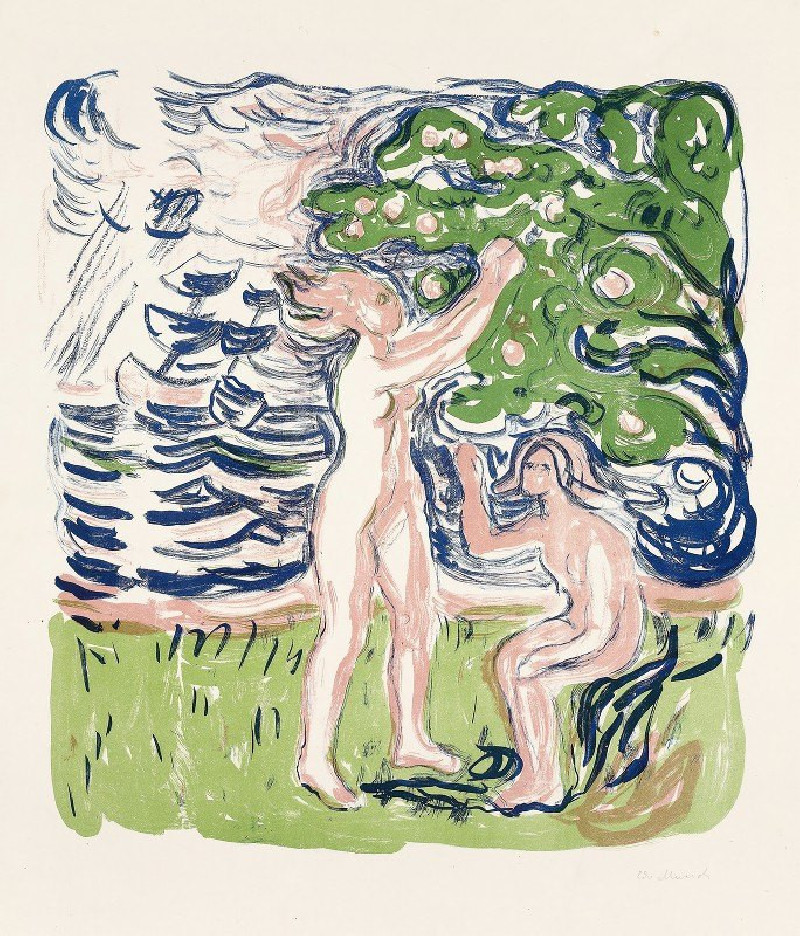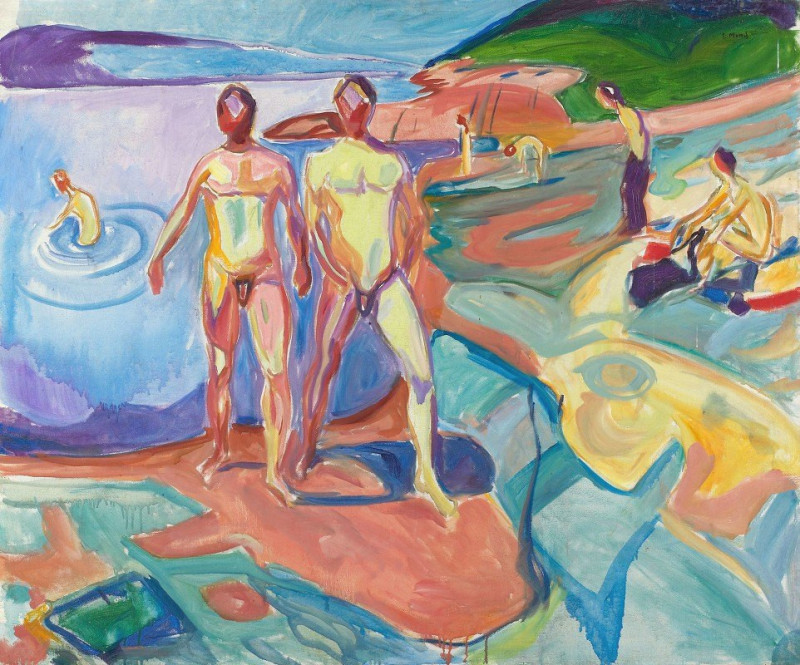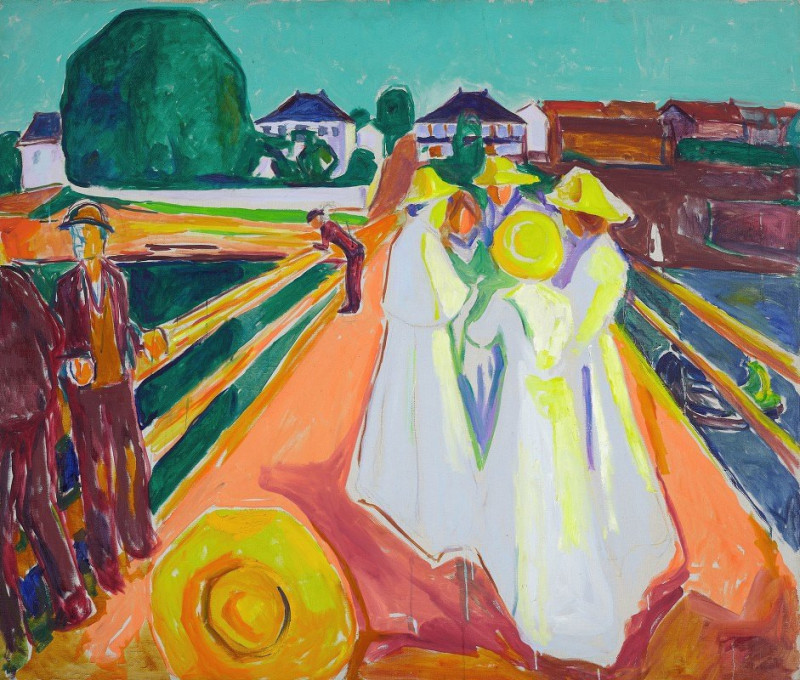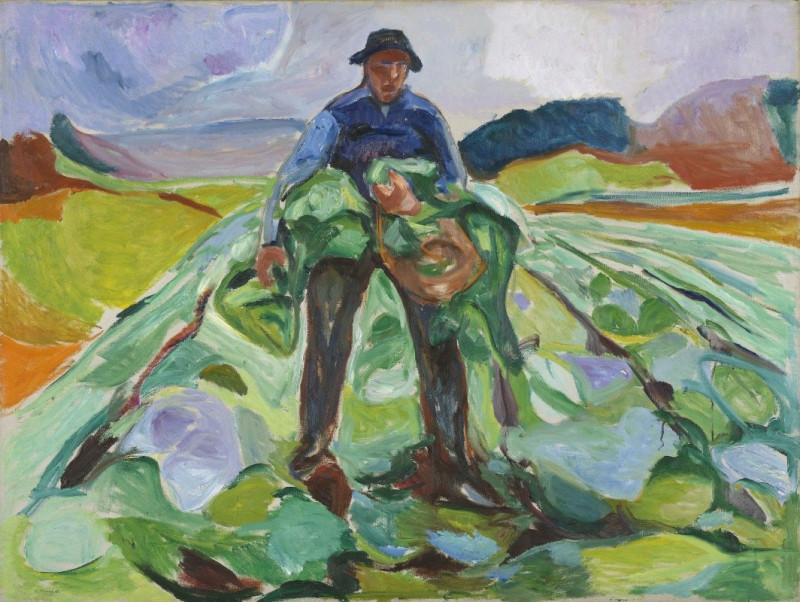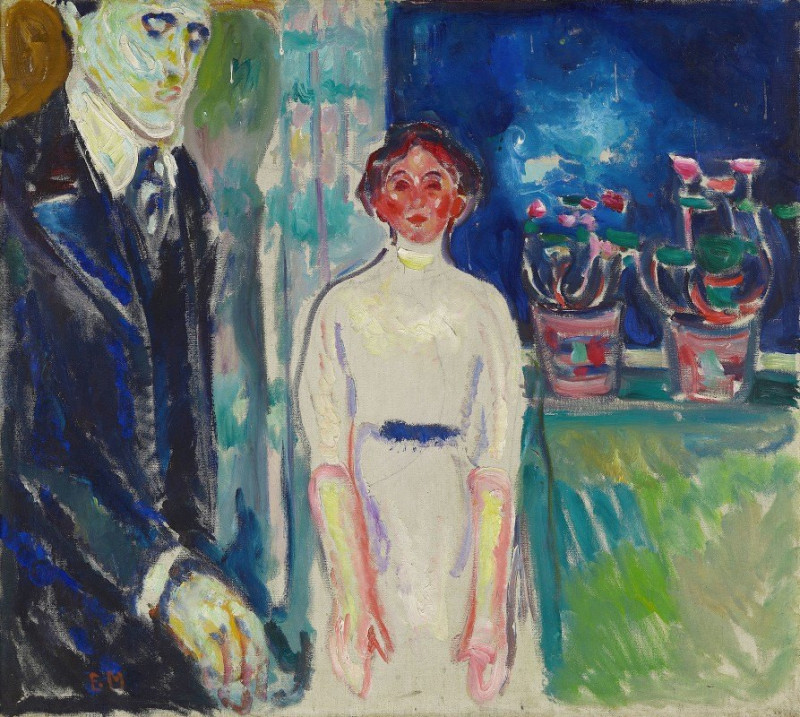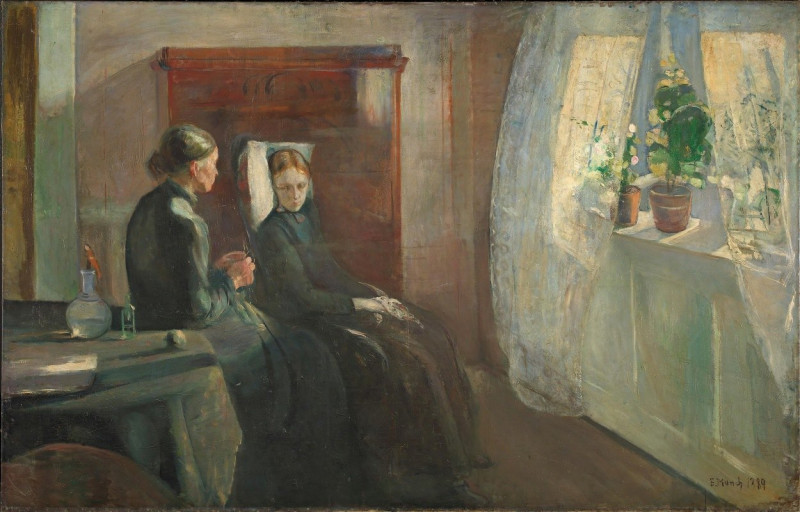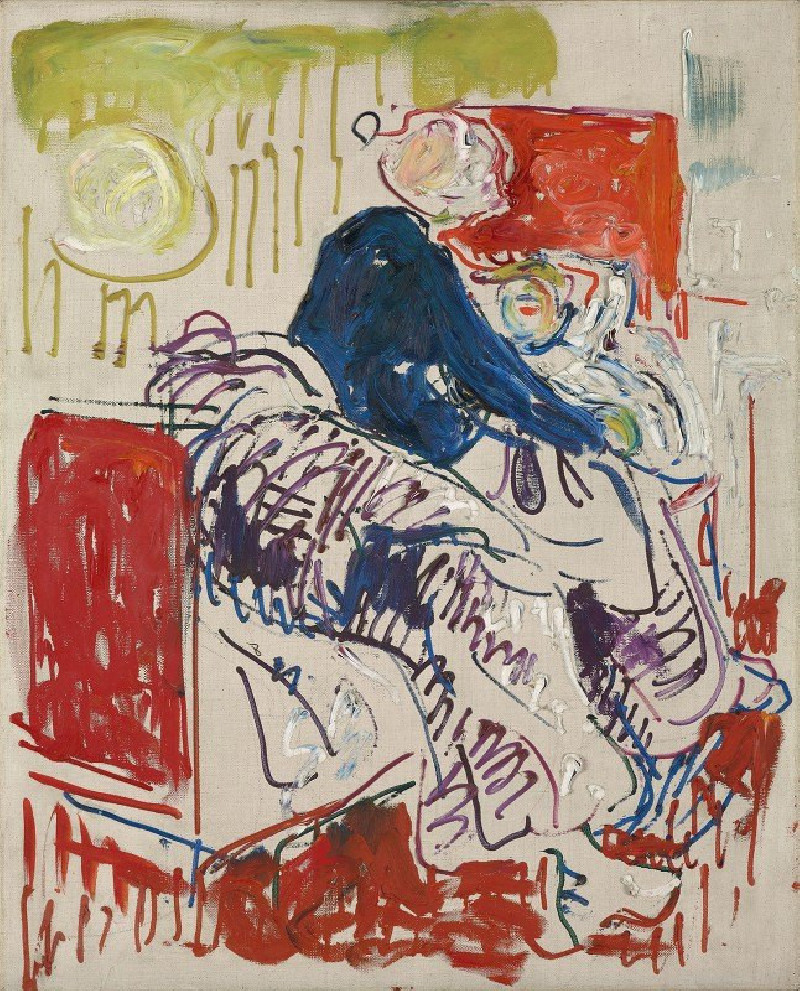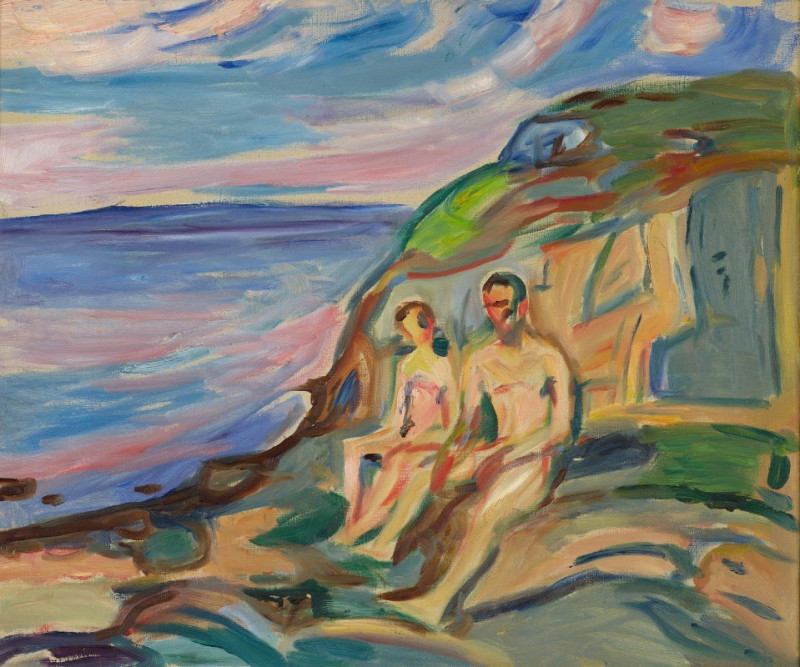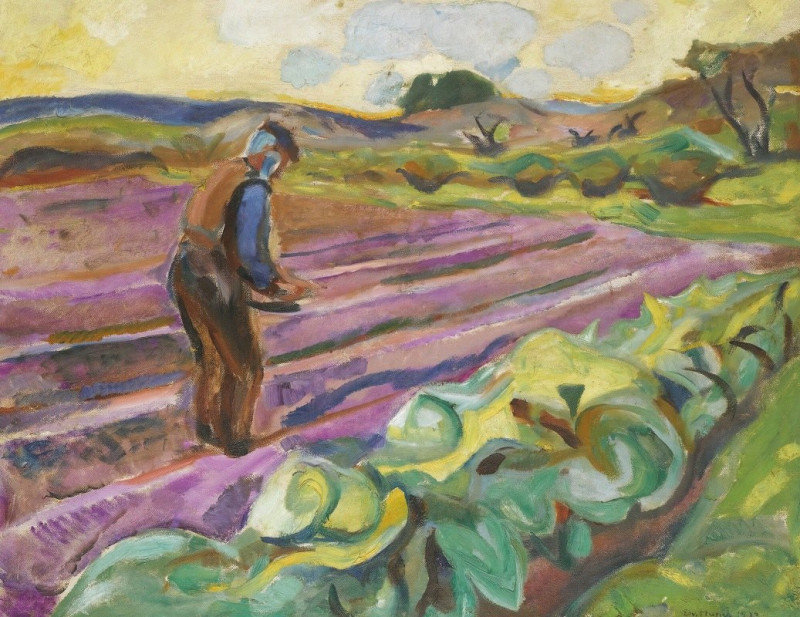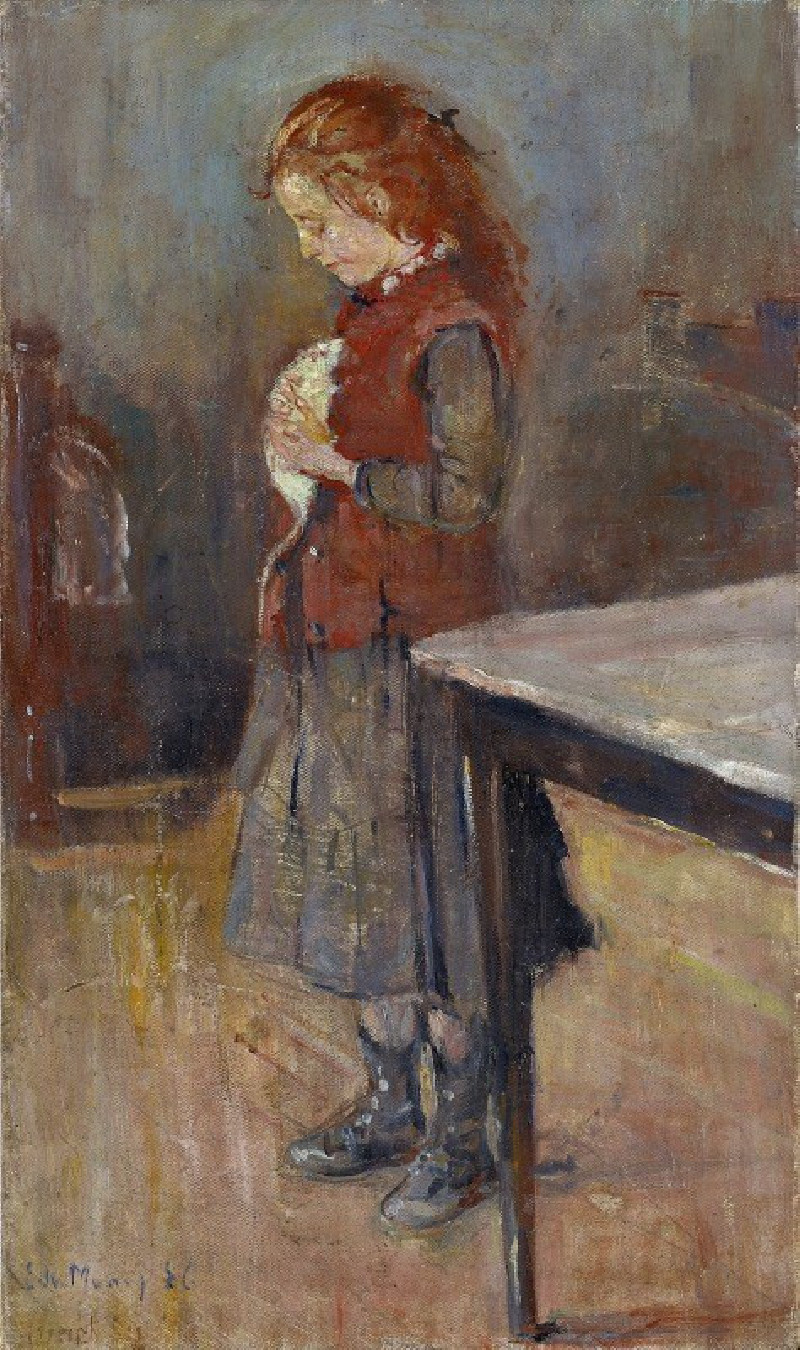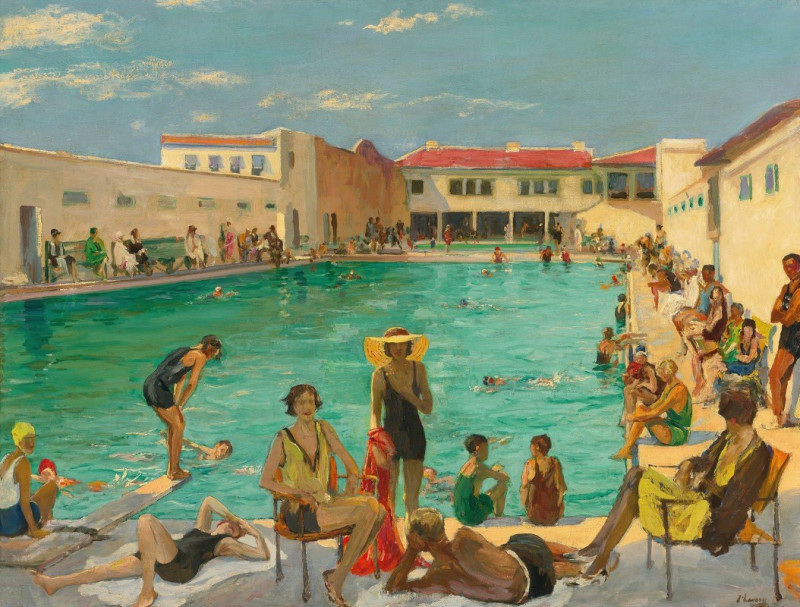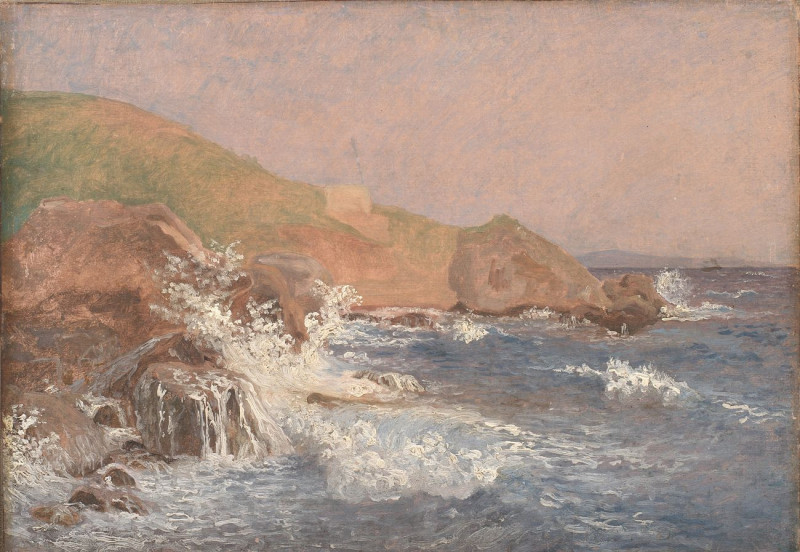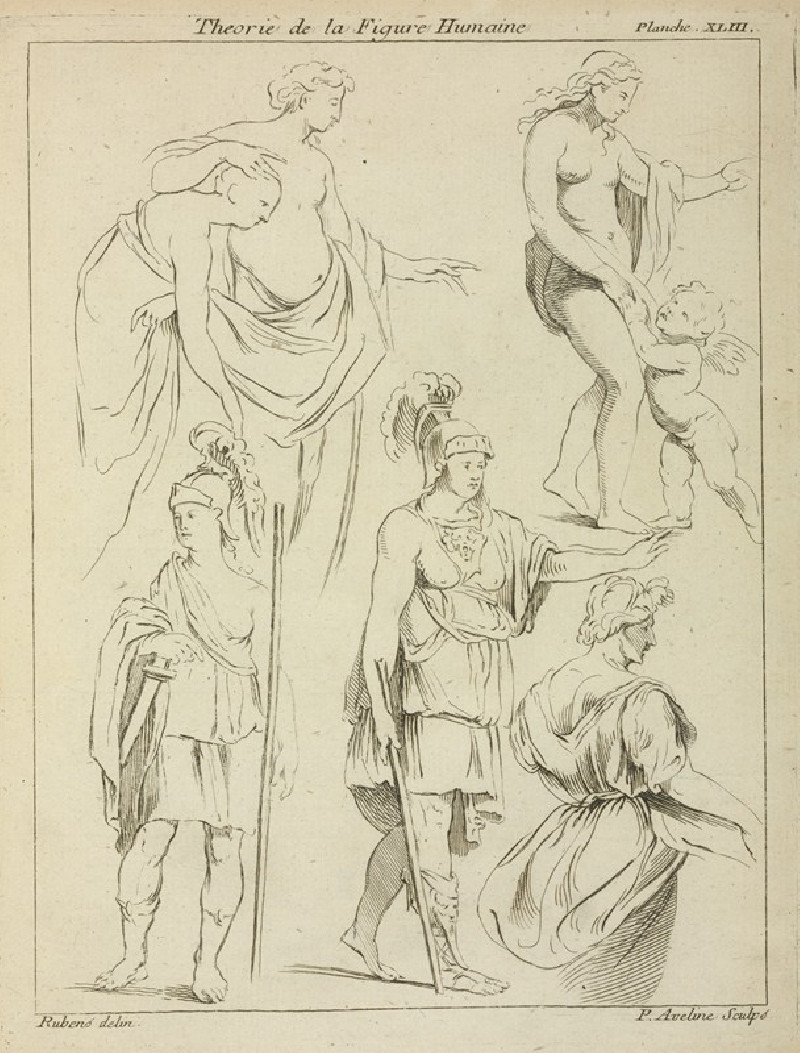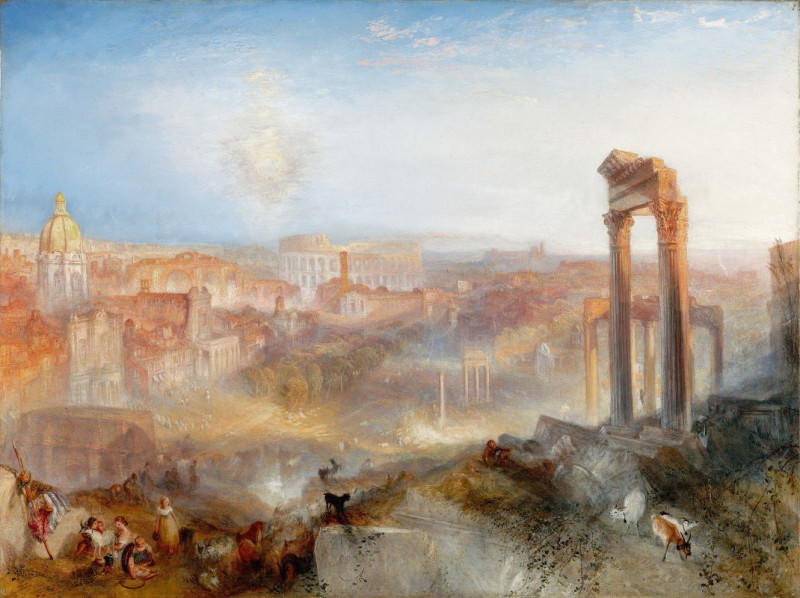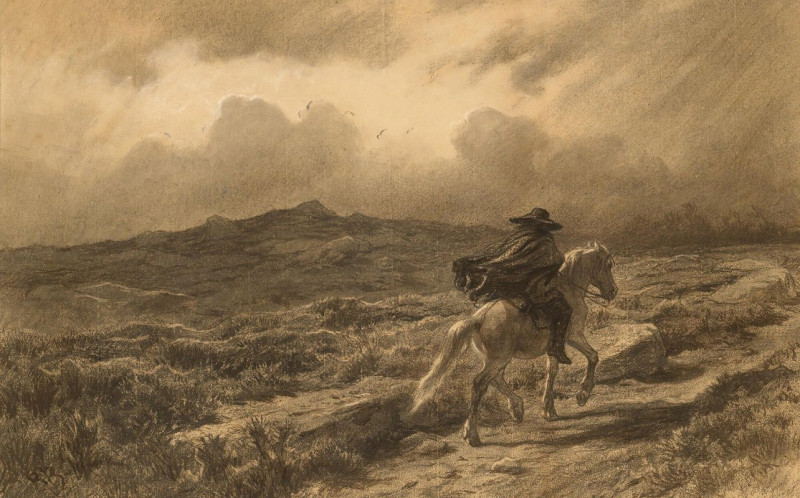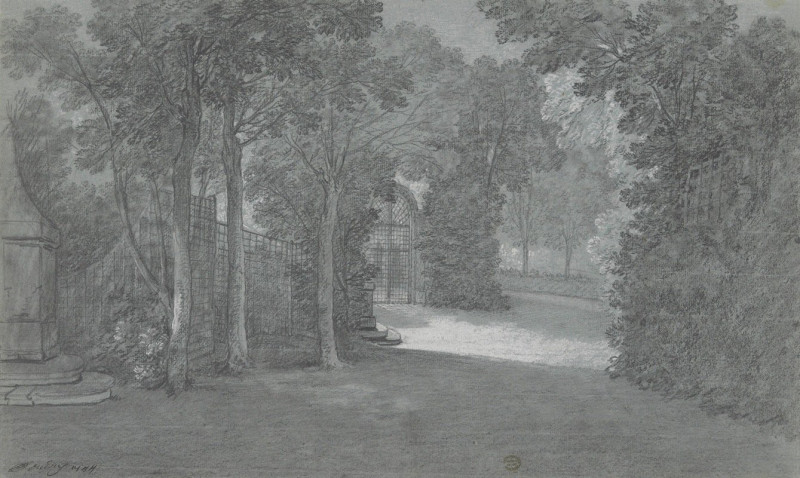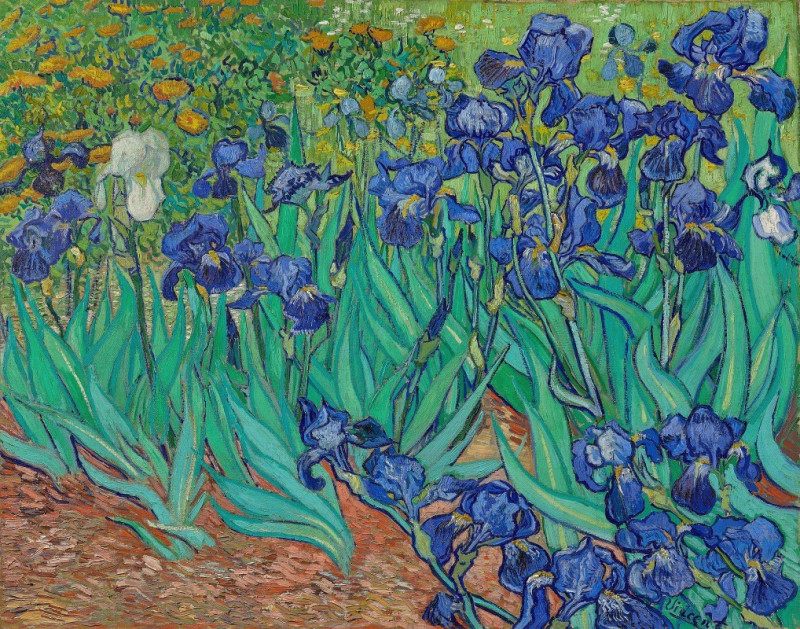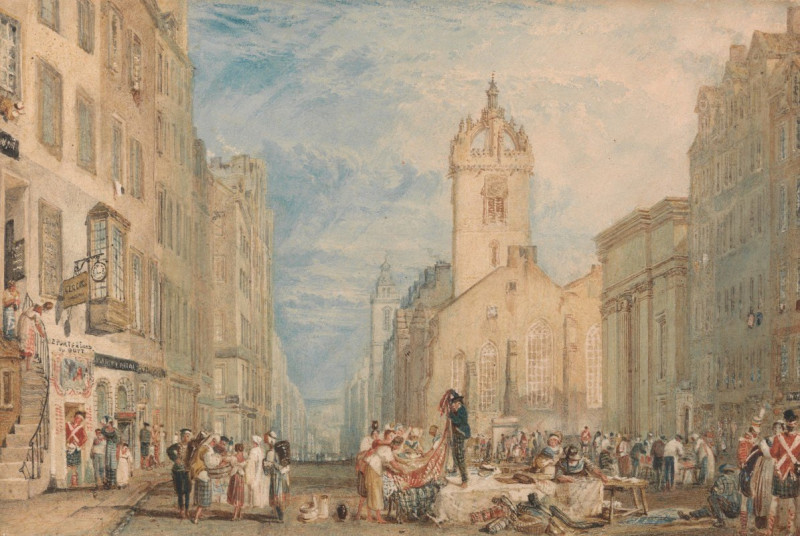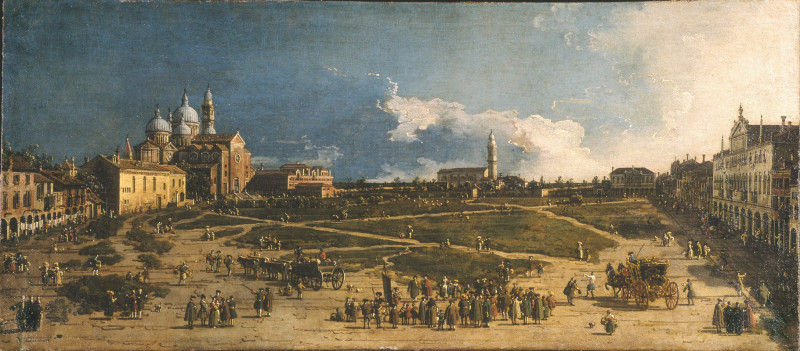Bathing Women (1896–97)
Technique: Giclée quality print
Recommended by our customers
More about this artwork
"Bathing Women" by Edvard Munch, painted between 1896 and 1897, portrays a moment of serene intimacy among female figures during a bathing ritual. The painting shows three women, with two partially submerged in greenish-blue waters that suggest a natural setting, possibly a lake or sea. The woman in the foreground stands on the edge, her body depicted in side profile, reaching towards the water. Her form, rendered in soft yellows and gentle curves, contrasts with the darker, cooler tones of the environment and other figures, making her the focal point of the composition.The other two women are intertwined with the water, with only the upper halves of their bodies visible above the surface. The interchange of colors—earth tones, greens, and blues—emphasizes the fluid connection between the human figures and the water, a common theme in Munch's oeuvre that explores the emotional and symbolic interactions between individuals and their surroundings.The background features abstract patches of dark color, lending a sense of depth and mystery to the scene and focusing attention back on the figures. Munch's use of broad, expressive brush strokes and muted palette conveys a mood of calm and contemplation, characteristic of his explorations into human psychology and emotion.Overall, the painting reflects Munch’s fascination with themes of life, nature, and existential reflection, captured through a personal and innovative approach to form and color.
Delivery
Returns
Edvard Munch (12 December 1863 – 23 January 1944) was a Norwegian painter. His best known work, The Scream (1893), has become one of Western art's most iconic images.
His childhood was overshadowed by illness, bereavement and the dread of inheriting a mental condition that ran in the family. Studying at the Royal School of Art and Design in Kristiania (today's Oslo), Munch began to live a bohemian life under the influence of the nihilist Hans Jæger, who urged him to paint his own emotional and psychological state ('soul painting'); from this emerged his distinctive style.

